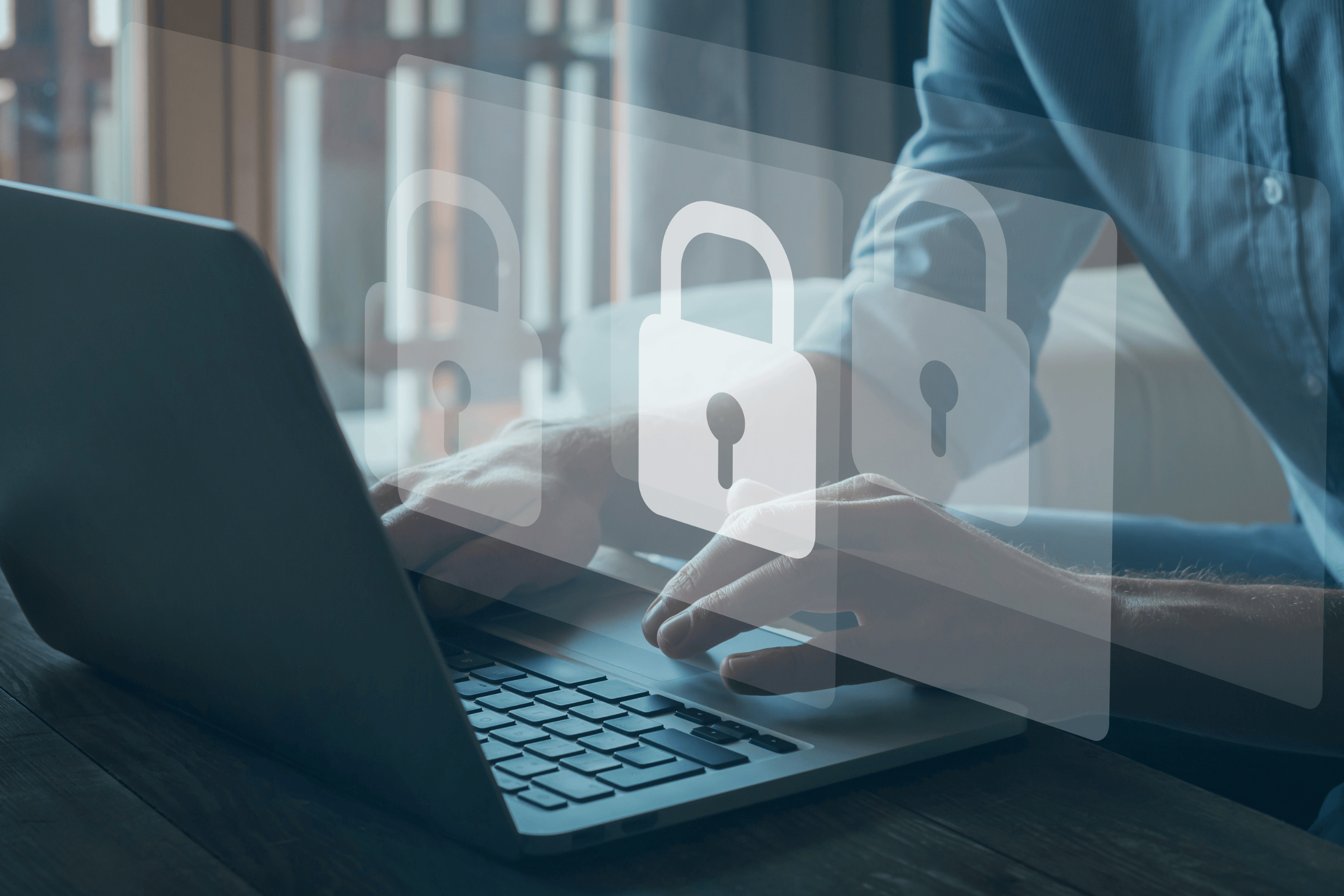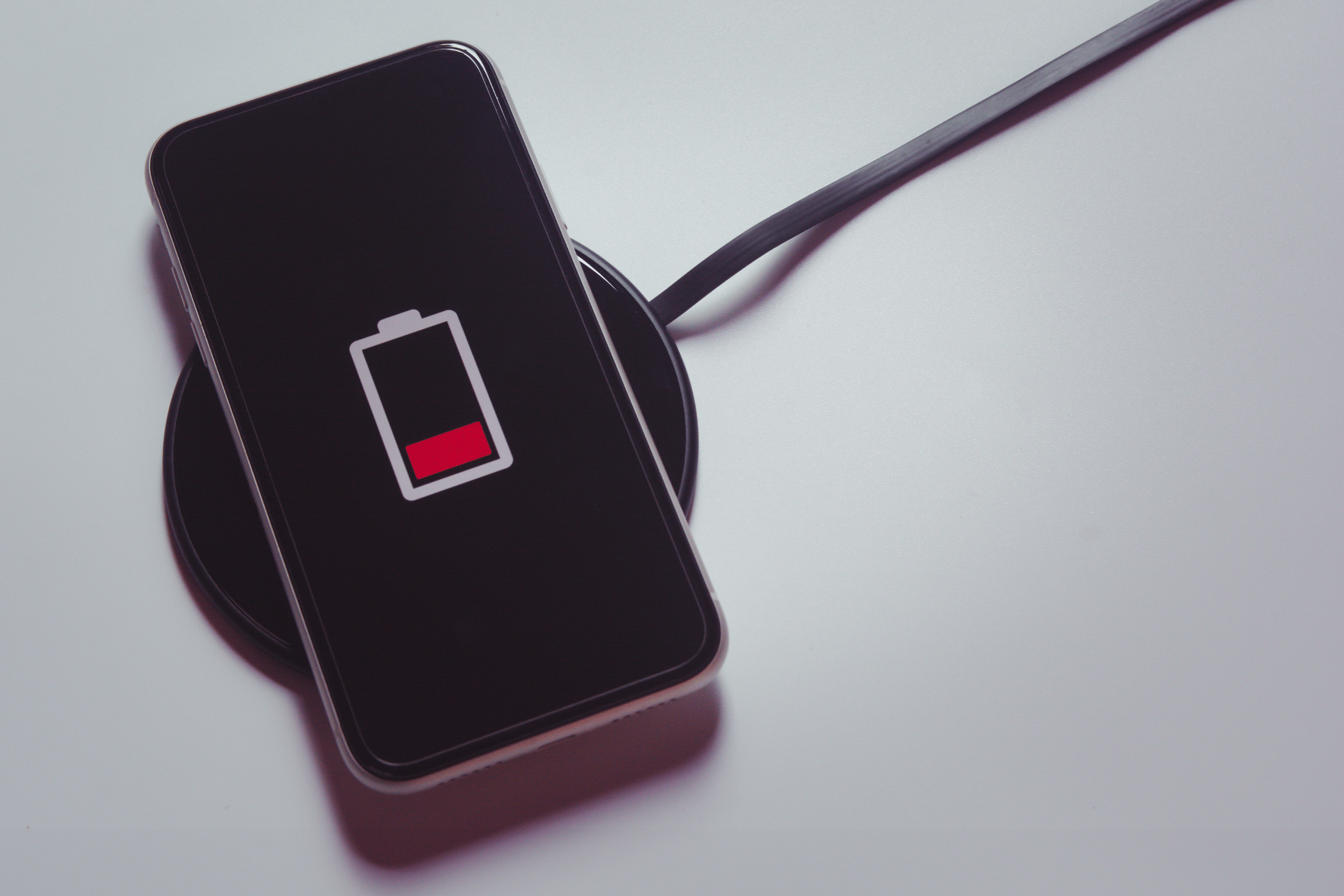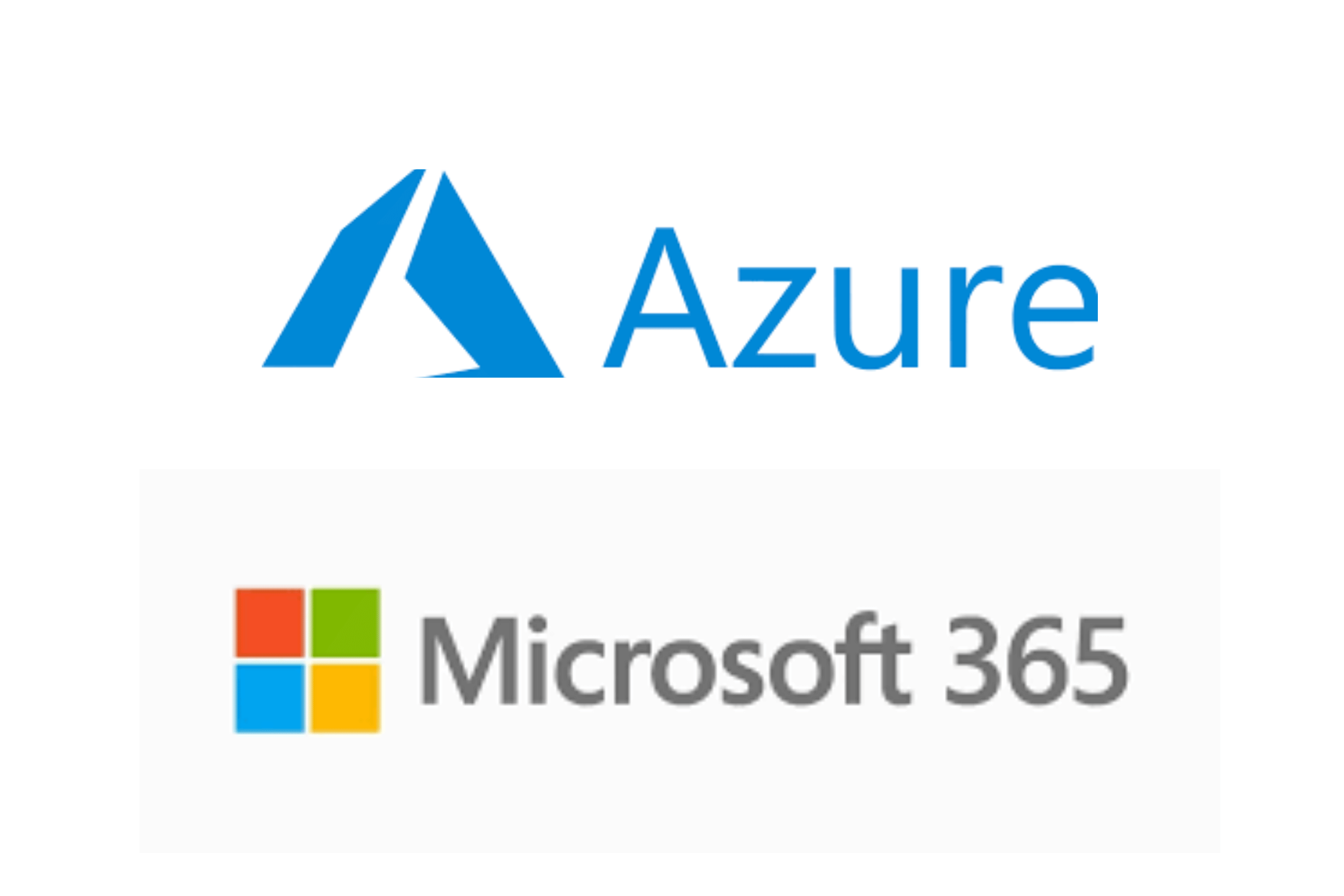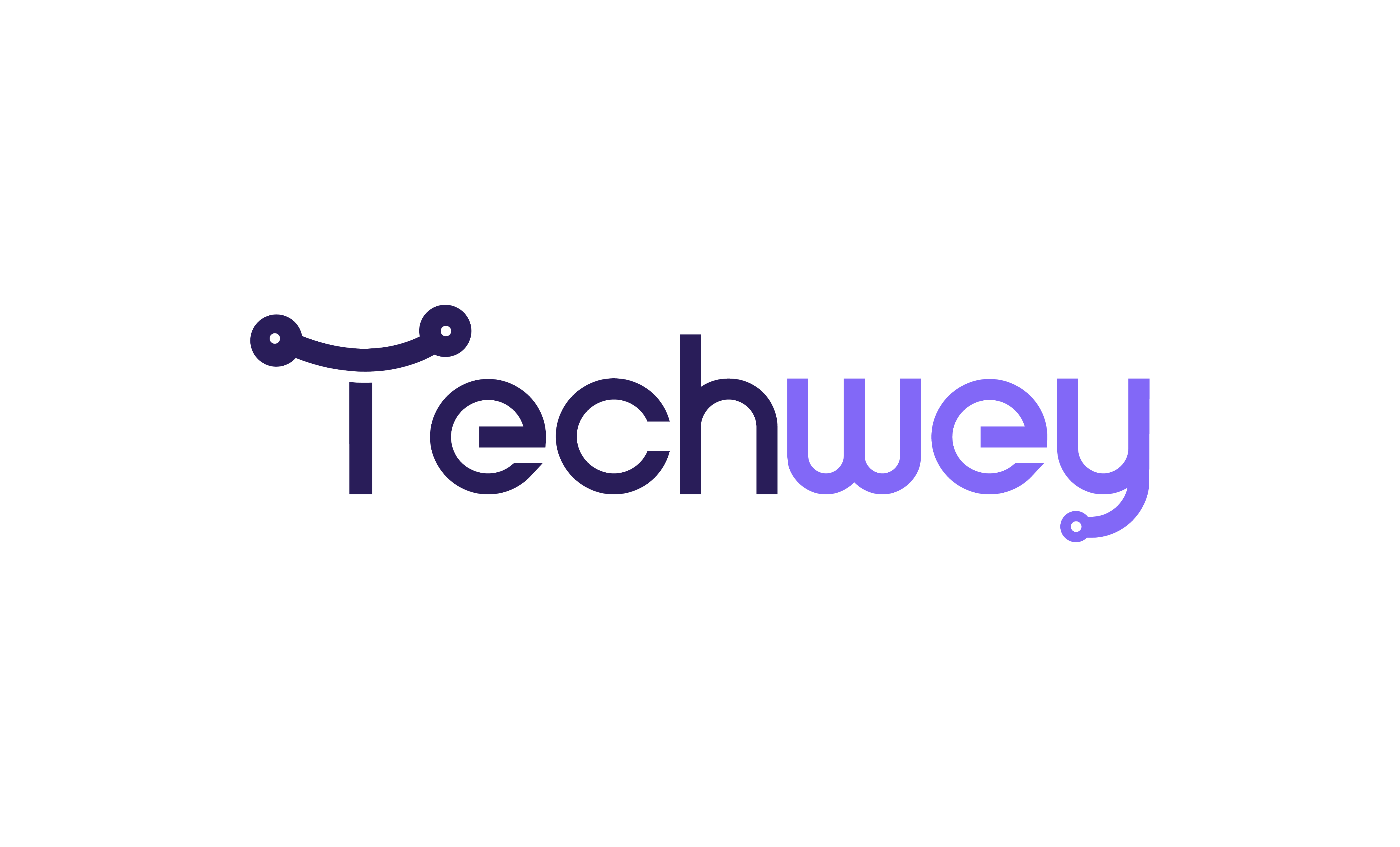
Zero Trust Security: A New Standard for Cyber Defense
What is Zero Trust Security?
Zero Trust Security is a cybersecurity approach that assumes no entity—whether inside or outside the organization’s network—should be trusted by default. Unlike traditional security models that rely on perimeter defenses to protect a network, Zero Trust operates on the principle that threats can exist both inside and outside the network. Therefore, it enforces strict verification of every request to access resources, regardless of the origin.
The Zero Trust model requires that every user and device requesting access to an organization’s systems must be authenticated, authorized, and continuously validated before they can interact with any part of the network.
Core Principles of Zero Trust
The Zero Trust security model is built on the following principles:
-
Verify Explicitly: All users, devices, and systems must be authenticated and authorized based on the most up-to-date information before granting access. This means that even if a user is inside the corporate network, they must still pass strict authentication checks. Multi-factor authentication (MFA) is often used to ensure that only authorized users can access sensitive data.
-
Least Privilege Access: Users are granted only the minimum permissions they need to perform their job functions. This minimizes the potential damage caused by a compromised account, as users can’t access systems or data that are outside their role or scope. For example, a marketing team member should only have access to marketing tools, not sensitive financial data.
-
Assume Breach: The Zero Trust model operates under the assumption that a breach has already occurred or is imminent. As such, it continuously monitors all network activity, looking for signs of suspicious behavior. If a device or user is acting unusually, the system can immediately block access or require additional authentication to prevent further damage.
Why Zero Trust Matters
Traditional network security models, which focus on building strong perimeter defenses (firewalls, VPNs), are no longer sufficient in today’s threat landscape. With the rise of remote work, cloud computing, and sophisticated cyber-attacks, attackers are finding ways to bypass perimeter security.
Zero Trust offers a modern solution by securing internal systems and data, even from trusted insiders. It’s a more proactive approach, identifying and mitigating threats before they can cause harm. It ensures that only authenticated users can access the right resources and minimizes the risks associated with data breaches.
Benefits of Zero Trust Architecture
-
Enhanced Security: By requiring constant verification and enforcing strict access controls, Zero Trust ensures that only authorized users can access sensitive information. This drastically reduces the likelihood of data breaches and minimizes the damage if one occurs.
-
Regulatory Compliance: Zero Trust can help organizations comply with data protection regulations, such as GDPR and HIPAA. These frameworks require that only authorized individuals have access to sensitive data, and Zero Trust ensures strict access controls and monitoring are in place.
-
Improved Visibility: Zero Trust enables continuous monitoring of user behavior and device activity across the network. This provides organizations with real-time insights into potential security threats and anomalies, allowing for quick action.
-
Cloud-Native Support: Zero Trust is highly compatible with cloud environments, ensuring secure access to cloud services and applications. As more organizations move to the cloud, adopting a Zero Trust model helps secure these decentralized systems and prevent unauthorized access.
Industries Using Zero Trust
-
Finance: Financial institutions use Zero Trust to safeguard customer accounts, secure transactions, and ensure compliance with regulatory standards.
-
Healthcare: Healthcare organizations use Zero Trust to protect sensitive patient information and maintain compliance with privacy laws like HIPAA.
-
Government: Government agencies implement Zero Trust to protect classified information and prevent espionage.
-
Education: Educational institutions are increasingly adopting Zero Trust to secure online learning platforms and protect student data.
Steps to Implement a Zero Trust Model
To implement Zero Trust security, organizations must:
-
Identify sensitive data: Understand what data needs the highest level of protection and establish controls around it.
-
Verify every user and device: Implement strong authentication mechanisms such as MFA and monitor devices for security.
-
Implement role-based access control (RBAC): Assign access permissions based on the user’s role, ensuring they can only access what they need to perform their job.
-
Continuous monitoring: Continuously monitor user and device behavior to detect any suspicious activity.
-
Use advanced security technologies: Adopt tools like identity and access management (IAM), endpoint detection and response (EDR), and security information and event management (SIEM) for better visibility and control.
The Future of Zero Trust
The shift to cloud-based systems and an increase in remote working has made Zero Trust a necessity. In the future, as cyber threats become more sophisticated, Zero Trust will evolve further to include new technologies such as AI and machine learning to better predict and respond to threats in real time.
Read more tech related articles here






Leave a Reply